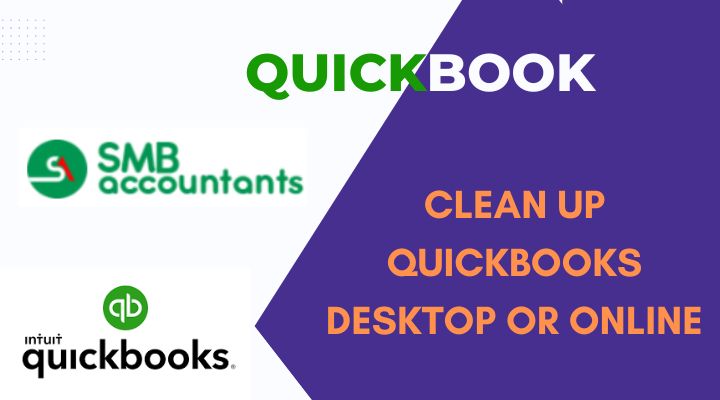Inventory cost is a computation that every organization must perform since it encompasses all of the expenses related to the management, storage, and purchase of inventory. The cost of maintaining storage facilities, insurance theft, handling, depreciation, breakage, taxes, obsolescence, and the opportunity cost of capital is also included in the cost of inventory. In this article, you will get clear details about inventory cost accounting and more information about QuickBooks features like QuickBooks Online and QuickBooks payroll click on these links.
What are the inventory costs?
The percentage of the annual inventory value is frequently used to determine inventory cost. It is crucial to evaluate inventory-related costs since, if done incorrectly, they might have an impact on an entity’s management and finances.
The inventory cost is helpful because it establishes how much profit can be earned from the inventory, where the company can make practical adjustments, how to successfully reduce costs, how to allocate capital, and which goods or suppliers to select for the organization’s advantage.
Inventory makes up a sizeable amount of an organization’s overall assets, and a drop in its level directly affects a company entity’s profitability. High holding costs do in fact encourage low inventory levels and necessitate regular replenishing.
The cost of inventory is expensive, thus it is crucial to keep it under control. If not, it can significantly affect cash flow by reducing profitability. If the company wants to be successful over the long term, strike the correct balance.
Types of inventory costs
The idea that standard accounting will give a precise estimate of inventory costs is a misconception. It is impossible to keep track of every cost or assign them fairly, but in order to have a better understanding of the inventory cost, you must first be aware of the various charges that go along with it. The various inventory cost types are as follows.
1) Ordering cost of inventory
Every time an order for inventory is placed, the ordering cost of the inventory is incurred. It often goes by the name “setup fees,” and it consists of
Receiving expenses– The costs associated with receiving products are those incurred when they are unloaded at the warehouse and examined to ensure they are the right goods or those that were requested and found to be defect-free.
Purchase order preparation expenses for staff – As the name implies, it relates to a variety of administrative costs, such as those associated with communication, accounting, and invoice processing.
Cost of electronic data exchange (EDI): Large companies utilize this technique to cut the price of the ordering procedure.
Costs associated with moving or carrying items from one location to another, such as to an outlet or warehouse, are referred to as transportation costs. It is more variable and is reliant on products and industries.
Finding suppliers and completing orders quickly cost money, and both of these expenses are frequently unpredictable.
You must pay an ordering fee regardless of how small or large the item is. As more orders are placed, the overall sum rises. By making a sizable blanket order for a lengthy period of time and issuing releases against them as necessary, the overall ordering cost can be reduced.
Because low carrying costs result in higher ordering costs and vice versa, ordering costs and inventory carrying costs are negatively connected. If high ordering costs translate into low inventory carrying costs, a business organization is willing to put up with them. To maintain a balance in order sizes and ultimately reduce overall expenses, the business must keep an eye on both its ordering and movement costs.
2) Carrying cost of inventory
The expenses incurred for inventory storage and upkeep are referred to as carrying costs. Due to the fact that it involves preserving the inventory for the interim period, it is also known as holding expenses. Before an item is sold, its carrying costs often comprise the following:
Storage space expenses – When inventory is kept somewhere, storage space expenses arise. It might vary depending on where you are, thus it is never fixed. The costs associated with inventory include the price of the storage facility, the cost of facility maintenance, such as lighting, heating, and ventilation, as well as lease payments, property taxes, and depreciation.
Inventory risk expenses – Inventory risk expenses are related to the loss of items that may occur for a variety of causes, such as damage during transit, a shipping error, or a vendor error.
Inventory service costs – These expenses are incurred when the products are handled physically. It also covers expenses for security, insurance, IT hardware, and software, if any, as well as cycle counting and inventory control.
The opportunity cost of the money invested in inventory can be calculated by considering the lost opportunities that have prevented investments in mutual funds or term deposits from being made.
Inventory financing costs – Inventory finance costs vary depending on the sort of business a firm is engaged in and are complex by nature. These inventory charges, which include expenses like interest on working capital, are connected to investments made in the name of inventory.
Read Also: The Ultimate Guide to Small Business SEO Services





